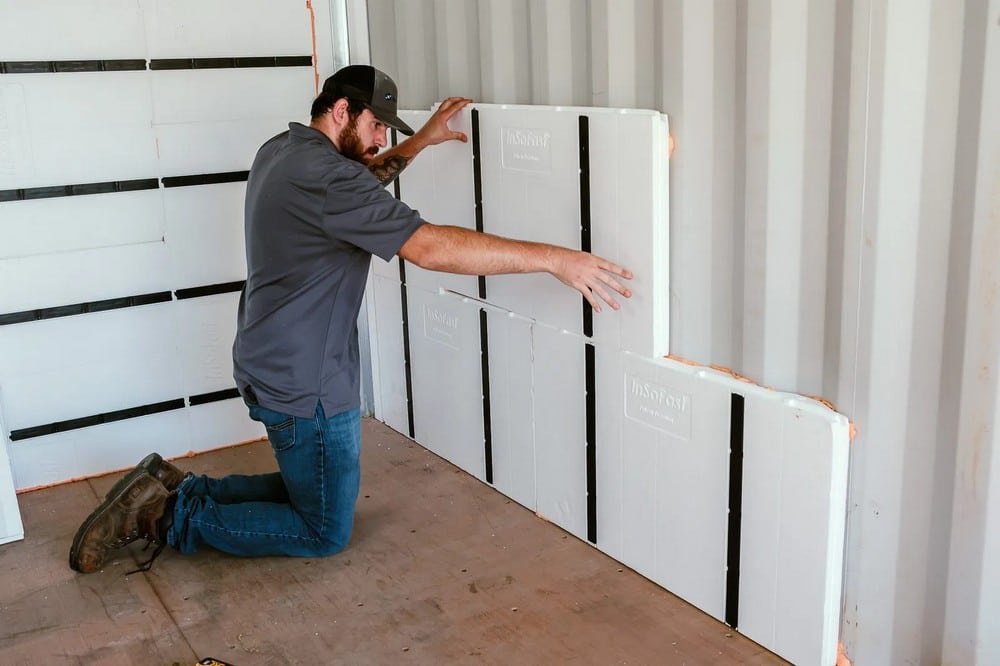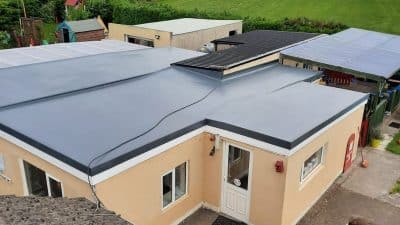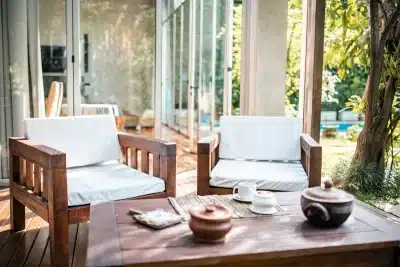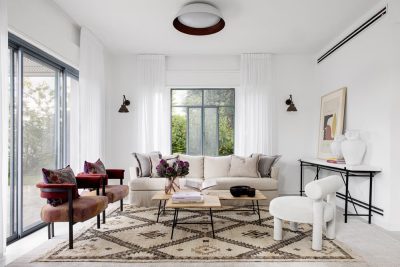
A well-designed home does more than provide shelter—it creates a comfortable, efficient, and sustainable living environment. At the heart of that equation lies insulation. The right insulation doesn’t just regulate indoor temperatures; it reduces energy consumption, lowers utility costs, and enhances overall home performance.
For homeowners and architects focused on sustainability, insulation is one of the most impactful design elements. A well-insulated home requires less heating in the winter and less cooling in the summer, significantly reducing energy waste. More than just a functional necessity, insulation plays a defining role in modern architecture, making homes more efficient without compromising aesthetics.
With advanced materials like rigid foam insulation, achieving high performance is easier than ever. Whether building a new home or upgrading an existing one, choosing the right insulation is essential for creating a space that is both comfortable and environmentally responsible.
How Insulation Impacts Energy Efficiency
Insulation is the silent workhorse of an energy-efficient home. By slowing the transfer of heat, it helps maintain stable indoor temperatures throughout the year. Without proper insulation, conditioned air escapes too easily, forcing heating and cooling systems to work overtime. As a result, homes consume more energy, leading to higher utility bills and a greater environmental impact.
A home loses heat in several ways—through walls, roofs, floors, and even small gaps around windows and doors. One of the most common problems is thermal bridging, where heat travels through materials with low resistance, like wood or metal framing. These weak points in a building’s insulation reduce overall effectiveness. One way to address this issue is with rigid foam insulation, which provides a continuous thermal barrier. Unlike traditional batt insulation, rigid foam boards eliminate gaps and weak spots, significantly improving a home’s ability to retain heat in the winter and stay cool in the summer.
Beyond temperature control, insulation also contributes to moisture management. Poor insulation can lead to condensation buildup inside walls, creating an environment for mold growth and structural damage. High-performance insulation materials, especially those with built-in vapor resistance, help keep interiors dry and structurally sound. By reducing heat loss and preventing moisture issues, insulation enhances efficiency while extending a home’s lifespan.
Best Insulation Materials for a Sustainable Home
Not all insulation is created equal. The right choice depends on factors like thermal performance, moisture resistance, and ease of installation. Sustainable homes require materials that not only reduce energy loss but also contribute to long-term durability and indoor air quality.
Rigid Foam Insulation
Rigid foam insulation is a popular choice for high-performance homes. It offers a high R-value per inch, meaning it provides excellent thermal resistance in a compact form. It is particularly effective at preventing thermal bridging, making it ideal for walls, foundations, and roofs. Unlike fiberglass or mineral wool, rigid foam panels create a continuous insulation layer, reducing heat loss and improving overall efficiency. Many options are also moisture-resistant, helping to prevent mold and structural decay.
Mineral Wool
Mineral wool is a durable, fire-resistant insulation option made from recycled materials like basalt rock or slag. It offers good thermal performance and soundproofing capabilities, making it a great choice for walls and ceilings. However, it is heavier than other insulation types and may require more careful installation.
Cellulose Insulation
One of the most eco-friendly insulation materials, cellulose is made from recycled paper treated with fire retardants. It provides solid thermal performance and is often used in retrofit projects. Though effective, it requires professional installation and can settle over time, reducing its insulating power.
Spray Foam
Expanding spray foam fills gaps and seals air leaks, making it one of the best materials for airtight construction. It provides excellent thermal resistance but can be more expensive than other insulation options. Some formulations contain chemicals that may impact indoor air quality, so selecting low-VOC spray foam is important for a healthier home environment.
How to Incorporate Insulation into Modern Home Design
Insulation isn’t just about performance—it also affects aesthetics and overall design. A well-insulated home should maintain clean architectural lines, support an efficient building envelope, and integrate seamlessly with other energy-saving features. Thoughtful placement and the right materials can make insulation both effective and unobtrusive.
One of the most efficient ways to improve insulation without compromising design is by using continuous insulation on exterior walls. Materials like rigid foam insulation create a seamless thermal barrier, reducing heat loss without adding bulk to interior spaces. This approach is particularly beneficial for modern homes that emphasize open floor plans and minimalistic aesthetics. By insulating externally, architects can preserve interior space while enhancing energy efficiency.
Insulated wall panels are an easy way to upgrade existing structures during renovations. Unlike traditional batt insulation, which requires tearing into walls, pre-insulated panels can be applied directly to interior or exterior surfaces. This installation method makes them a practical option for improving thermal performance in older homes without extensive remodeling.
Beyond walls, insulation should be integrated into floors, roofs, and foundations to ensure a complete thermal envelope. Under-slab insulation prevents heat loss in concrete floors, while roof insulation reduces heat gain in the summer. Properly insulating these areas contributes to a balanced indoor climate, reducing the need for excessive heating or cooling.
More Ways to Improve Energy Efficiency at Home
While insulation is one of the most effective ways to reduce energy waste, it works best when combined with other energy-efficient strategies. A truly sustainable home relies on a combination of smart design choices that minimize heat loss, optimize natural light, and improve ventilation.
According to the U.S. Department of Energy, well-insulated homes can reduce heating and cooling costs by up to 20%. High-performance insulation materials with a high R-value, such as rigid foam insulation, not only provide excellent thermal resistance but also help prevent air leaks and moisture buildup.
Additional measures, such as high-performance windows, heat recovery ventilation (HRV) systems, and passive solar design, further enhance efficiency by reducing energy waste and optimizing a home’s natural climate control.
Conclusion: The Foundation of a Truly Sustainable Home
Insulation is more than just a building material—it’s a fundamental element of an energy-efficient home. By reducing heat loss, preventing moisture issues, and improving indoor comfort, high-performance insulation supports both sustainability and long-term cost savings. Choosing rigid foam insulation and other advanced materials ensures better thermal performance, making homes more resilient and environmentally responsible.
For architects and homeowners committed to sustainability, insulation is most effective when integrated with other energy-smart solutions. Features like high-performance windows, efficient ventilation systems, and passive solar techniques help maintain indoor comfort while minimizing energy use. A well-designed combination of these elements leads to homes that are both environmentally responsible and cost-efficient.
Modern architecture continues to embrace sustainable construction practices, integrating advanced insulation solutions with innovative design techniques to create homes that are both energy-efficient and visually striking.








